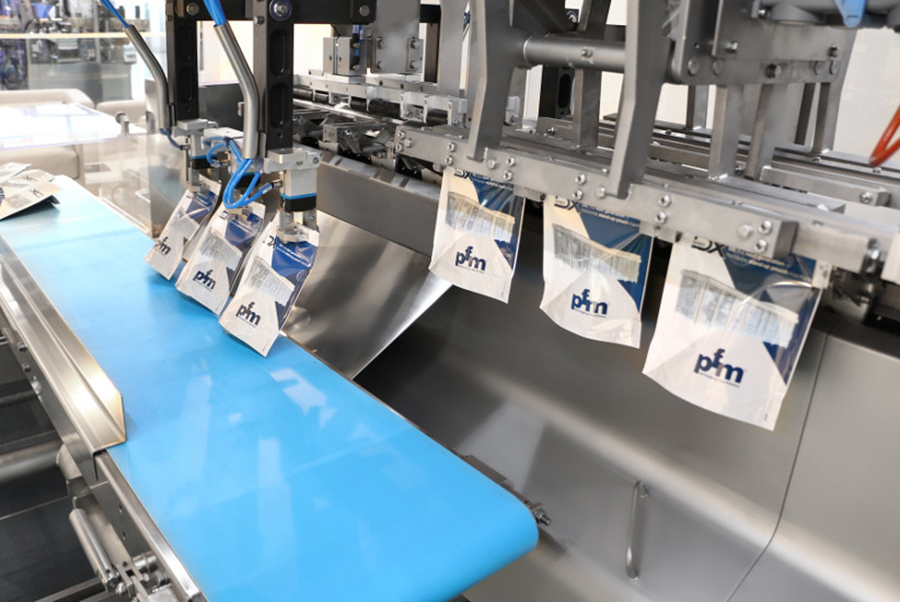
-
 Afrikaans
Afrikaans -
 Albanian
Albanian -
 Amharic
Amharic -
 Arabic
Arabic -
 Armenian
Armenian -
 Azerbaijani
Azerbaijani -
 Basque
Basque -
 Belarusian
Belarusian -
 Bengali
Bengali -
 Bosnian
Bosnian -
 Bulgarian
Bulgarian -
 Catalan
Catalan -
 Cebuano
Cebuano -
 Corsican
Corsican -
 Croatian
Croatian -
 Czech
Czech -
 Danish
Danish -
 Dutch
Dutch -
 English
English -
 Esperanto
Esperanto -
 Estonian
Estonian -
 Finnish
Finnish -
 French
French -
 Frisian
Frisian -
 Galician
Galician -
 Georgian
Georgian -
 German
German -
 Greek
Greek -
 Gujarati
Gujarati -
 Haitian Creole
Haitian Creole -
 hausa
hausa -
 hawaiian
hawaiian -
 Hebrew
Hebrew -
 Hindi
Hindi -
 Miao
Miao -
 Hungarian
Hungarian -
 Icelandic
Icelandic -
 igbo
igbo -
 Indonesian
Indonesian -
 irish
irish -
 Italian
Italian -
 Japanese
Japanese -
 Javanese
Javanese -
 Kannada
Kannada -
 kazakh
kazakh -
 Khmer
Khmer -
 Rwandese
Rwandese -
 Korean
Korean -
 Kurdish
Kurdish -
 Kyrgyz
Kyrgyz -
 Lao
Lao -
 Latin
Latin -
 Latvian
Latvian -
 Lithuanian
Lithuanian -
 Luxembourgish
Luxembourgish -
 Macedonian
Macedonian -
 Malgashi
Malgashi -
 Malay
Malay -
 Malayalam
Malayalam -
 Maltese
Maltese -
 Maori
Maori -
 Marathi
Marathi -
 Mongolian
Mongolian -
 Myanmar
Myanmar -
 Nepali
Nepali -
 Norwegian
Norwegian -
 Norwegian
Norwegian -
 Occitan
Occitan -
 Pashto
Pashto -
 Persian
Persian -
 Polish
Polish -
 Portuguese
Portuguese -
 Punjabi
Punjabi -
 Romanian
Romanian -
 Russian
Russian -
 Samoan
Samoan -
 Scottish Gaelic
Scottish Gaelic -
 Serbian
Serbian -
 Sesotho
Sesotho -
 Shona
Shona -
 Sindhi
Sindhi -
 Sinhala
Sinhala -
 Slovak
Slovak -
 Slovenian
Slovenian -
 Somali
Somali -
 Spanish
Spanish -
 Sundanese
Sundanese -
 Swahili
Swahili -
 Swedish
Swedish -
 Tagalog
Tagalog -
 Tajik
Tajik -
 Tamil
Tamil -
 Tatar
Tatar -
 Telugu
Telugu -
 Thai
Thai -
 Turkish
Turkish -
 Turkmen
Turkmen -
 Ukrainian
Ukrainian -
 Urdu
Urdu -
 Uighur
Uighur -
 Uzbek
Uzbek -
 Vietnamese
Vietnamese -
 Welsh
Welsh -
 Bantu
Bantu -
 Yiddish
Yiddish -
 Yoruba
Yoruba -
 Zulu
Zulu
Understanding the Functionality and Applications of Thread Rolling Machines in Manufacturing Processes
Understanding the Mechanism of Thread Rolling Machines and Their Products
Thread rolling machines are sophisticated mechanical devices used for the process of forming threads on metal rods, bolts, screws, and various other products. This manufacturing technique, known as thread rolling, is notable for producing strong and precise threads that are integral to many industries, including automotive, aerospace, electronics, and construction.
At its core, a thread rolling machine utilizes a method where flat workpieces are transformed into finished products through the application of pressure. The process usually involves three fundamental components the workpiece, dies, and the rolling mechanism itself. The dies are specially designed tools that shape the threads onto the material. They come in various designs based on the required thread profile, such as external or internal threads.
One of the primary advantages of thread rolling machines is their ability to produce threads with enhanced strength. Unlike traditional cutting methods, which remove material to create threads, thread rolling displaces material, resulting in a denser and stronger thread. This increased density is critical in applications where tensile strength and performance are paramount. Furthermore, the rolling process generally leads to reduced material waste, making it a more economical choice for producers.
The operation of a thread rolling machine involves feeding a blank workpiece into the machine, where it is captured between the dies
. The dies then move together, applying pressure to the surface of the workpiece, causing the material to flow and form the desired thread profile. The precision of this process is remarkable, allowing manufacturers to create threads that meet stringent specifications.thread rolling machine working products

Thread rolling machines are versatile and can be adjusted for various thread sizes, pitches, and configurations. Automated threading machines offer even greater efficiency and consistency, with the capability to produce a large volume of threaded products in a short period. This characteristic is particularly beneficial to high-demand industries, as it allows for rapid production cycles without sacrificing quality.
Products manufactured using thread rolling machines include a wide range of fasteners such as screws, bolts, and nuts, all of which play vital roles in assembly structures. Beyond fasteners, these machines are increasingly utilized to create components for automotive parts, plumbing fixtures, and electronic devices, where threaded connections are crucial for securely fastening and assembly.
Additionally, the advancements in technology have led to the development of computerized thread rolling machines that enhance operational efficiency and precision. These modern systems often come equipped with advanced controls that allow operators to fine-tune the manufacturing process, ensuring that the products meet specific tolerances and quality requirements.
In conclusion, thread rolling machines represent a pivotal element in manufacturing that significantly enhances the strength and precision of threaded products. The benefits offered by this technology are instrumental in various industries, emphasizing the importance of efficient and effective production processes. As manufacturing demands grow and evolve, thread rolling machines will continue to play a crucial role in ensuring that high-quality, robust threaded components are readily available in the market.
